Have you seen how your little one’s feet start tapping the moment they hear the Navratri beats? Festivals like Dusshera and Navratri naturally draw children with the colours, music, dance, and enchanting stories around them. Navratri is a 9-day festival that celebrates the victory of Goddess Durga over demon Mahishasura, proving that good ultimately wins over evil.
In this blog, we will explore Navratri activities for preschoolers at preschool because it is the best place to learn about cultures and festivals. Preschools make sure that toddlers not only have fun but also learn educational and universal values like courage, literacy skills, and social bonding through Navratri activity for kids.
9-Day Navratri Activities Ideas for Preschoolers
Here are nine interesting and engaging Navratri craft ideas that the preschoolers can enjoy with their teachers, while also ensuring that they learn and grow with them:
Day 1- Welcome to Navratri (Sensory and Music)
Materials Required:
Picture cards of Goddess Durga, garba, dandiya, festive stickers, and papers.
Activity 1
During circle time, tell short stories while displaying picture cards of Goddess Durga to make the toddlers curious about the history of Navratri. Encourage them to express their feelings and questions about stories. Through this activity, they improve their listening skills, self-expression, and become culturally aware early.
Activity 2
Encourage children to do a simple dance like Garba Walk, with traditional music. Create an easy dance routine where children clap, snap, and tap their feet in a group circle while also counting the steps. Counting their taps and dancing helps them improve their mathematical skills. They also learn to take turns when they participate in group dances.
Activity 3
Navratri activities for preschoolers, like making handmade cards, help bring out their creativity. Provide them with papers and colourful festive stickers. Guide them to peel the stickers and stick them on paper to make cards. Peeling stickers improves their pincer grip, ultimately helping them to improve their writing skills.
Day 2- DIY Soft Dandiya
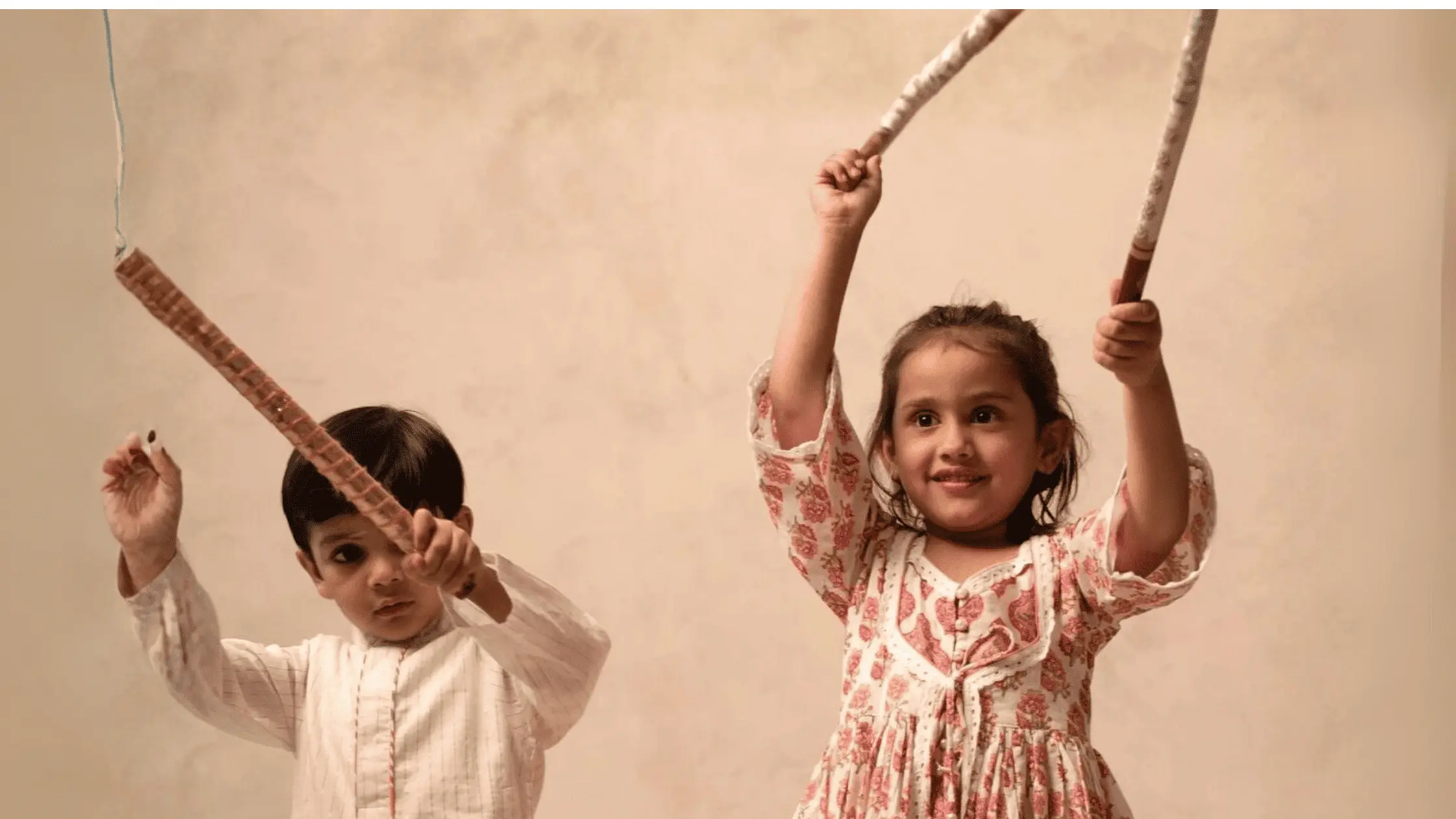
Materials Required:
Pool noodles, tape, and newspapers.
Activity 1
DIY soft dandiya is a fun activity that showcases creativity and Navratri craft skills of children. Let them make their own, colourful dandiya sticks from pool noodles or by rolling up newspapers. They can also colour it with their favourite colour. Such activities help children develop their fine motor and decision-making skills as they decorate or colour their sticks.
Activity 2
Guide children to use their own handmade sticks to do the Dandiya dance, a celebratory dance of Navratri. Let children choose their own partner. Make a simple dance routine for kids where they count one pair and tap their sticks 4 times, and spin and repeat. Such dance activities not only help with better bilateral coordination but also help pattern recognition due to the dance routine.
Activity 3
Make the children sit in a circle and hold their sticks. Ask them questions like ‘Which stick is bigger?’ or ‘Which stick is the biggest or fattest?’. These questions provoke the toddlers to use their mathematical and decision-making skills to figure out the answer.
Day 3- Rangoli the Safe Way
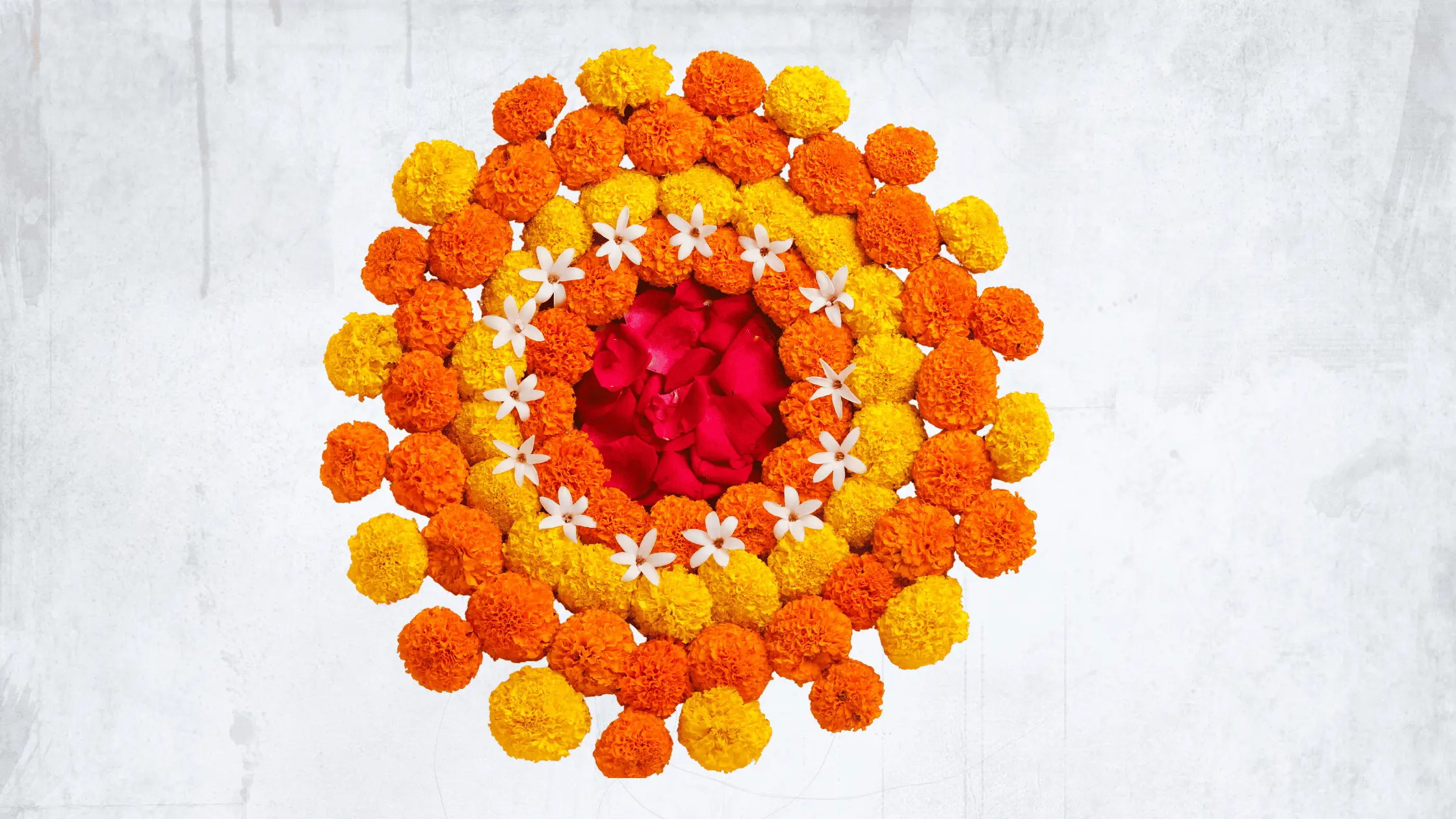
Materials Required:
Colourful paper cutouts, drawing sheets, a rangoli template, and glue.
Activity 1
One of the most colourful Navratri special crafts can be Rangoli. Let children use their creativity to make handmade flowers using colourful papers. Help children arrange multicoloured circular papers in a circle and let them stick it to each other to make a complete flower. This activity teaches children to follow instructions and improve fine motor skills as they create beautiful rangoli patters with paper.
Activity 2
A fun rangoli activity for toddlers can be rangoli craft sheets. Print some rangoli templates and let children paste coloured papers according to the shapes in the template. This activity is an engaging way to reinforce shape recognition in toddlers .
Day 4- Story Time: Devi & Courage
Materials required:
Story books, masks, props, and picture cards
Activity 1
During circle time, hold story sessions about chronicles of Goddess Durga where you can narrate child-friendly stories of how Goddess Durga defeats evil. Let them ask questions and express their opinions openly. Through such storytelling, children take up morals and values faster and retain them too. By asking questions, children learn to express themselves confidently.
Activity 2
Involve children in roleplay during these storytelling sessions. Use masks of Goddess Durga or paper props of her weapons. Guide children to enact the story as it goes. Through these, children learn to imagine the stories and express them creatively, which helps them to improve their emotional skills.
Day 5 – Garba Dress-Up & Fabric Textures
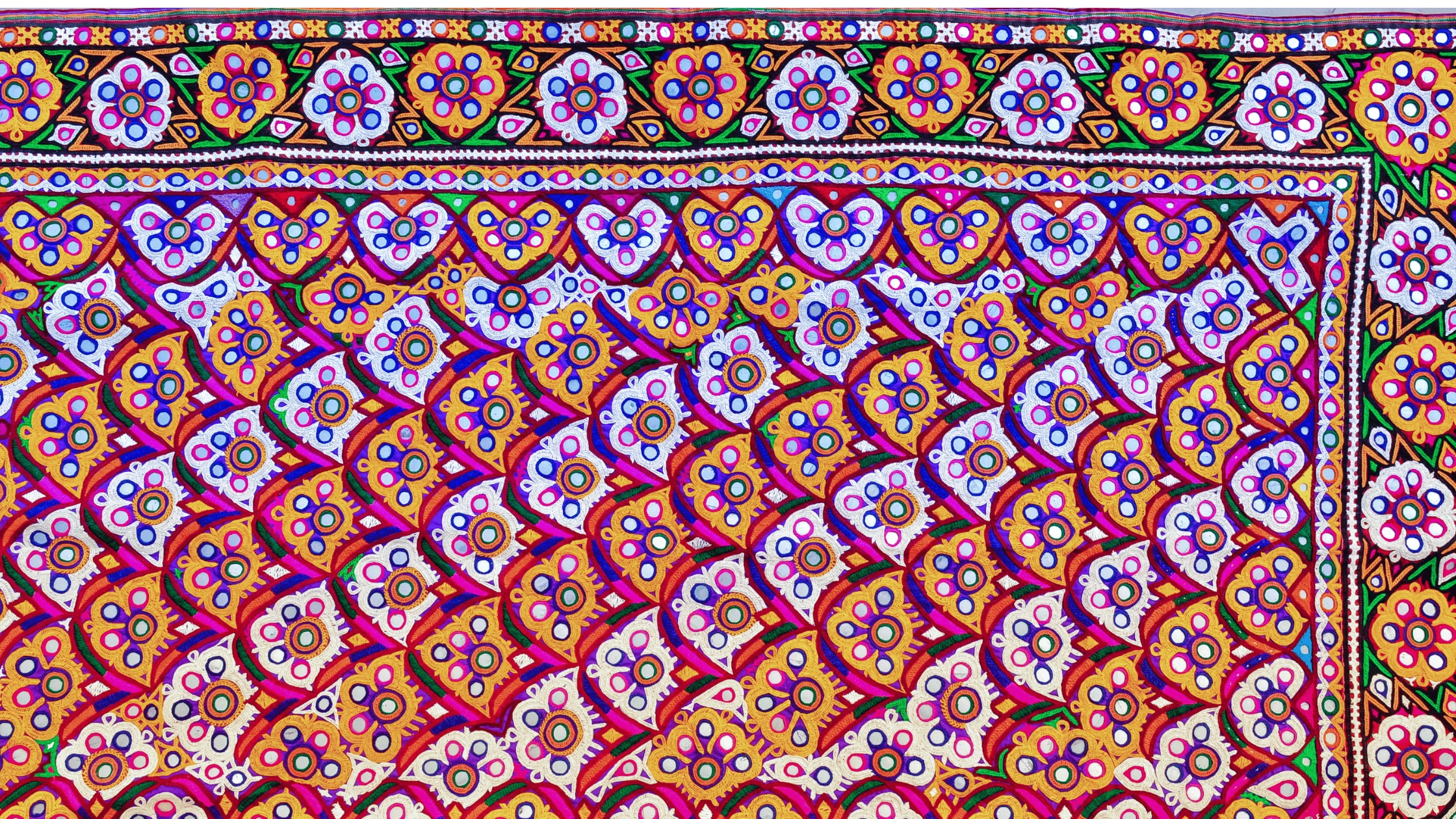
Materials required:
Printed fabrics, paper, pencils, and reflective stickers.
Activity 1
Set up touch and sensory stations to display where you can display different textured fabrics like cotton, silk, mirror work, velvet, chiffon, and Bandhini print. Toddlers can visit each station to touch and explore each material. Through this Navratri activity, toddlers discover and learn about different fabrics and improve their knowledge. They improve their cognitive abilities and gain a deeper understanding of our culture.
Activity 2
Provide kids with papers and ask them to draw the patterns that they saw at the sensory station. Guide them to peel and stick silver reflective stickers or draw simple flowers from the printed fabrics. This activity for children helps improve their vocabulary as they describe their art and boosts their creativity and fine motor skills.
Day 6- Golu Table (South-India Focus)
Materials Required:
Golu dolls of humans, animals, and picture cards.
Activity 1
In circle time, introduce Golu dolls of community helpers and animals to the children. Initiate conversations about how the stories of Goddess Durga’s kindness and compassion for people help her to defeat evil. Try to relate the essence of Navratri to how children can be kind and compassionate to people around them. This Navratri activity helps children to take up good moral values.
Activity 2
Engage kids in classification games with the Golu dolls. Let children sort golu dolls according to their gender or dress colour. This Golu Doll classification activity helps toddlers learn to count the dolls and even distinguish items according to features.
Day 7- Instrument Exploration
Materials Required:
A metal box and chana.
Activity 1
Navratri activities for preschoolers are incomplete without having a music activity. Encourage toddlers to make their own musical instruments by providing them with a metal box and filling it with some chana. Such DIY activities help children explore how the quantity of chana affects the sound in the box. Show them how different quantities of chana affects the sound creates different beats or rhythms. This type of activity helps boost their listening skills and creativity.
Day 8- Community & Gratitude
Materials Required:
Papers, paint, and a pen.
Activity 1
Inspire kids to be thankful to their helpers, caretakers, guards, and attendants of preschools. Let them dip their fingers in paint and print them on paper to make a flower. You can even help them to write sweet messages like ‘Thank You, to show care. Educate them that being grateful helps them build positive relationships. Teaching children the essense of gratitude helps them learn to appreciate everyone around them, irrespective of the differences. They also learn to be social and emotional individuals eventually.
Day 9- Dussehra “Good Wins” Parade
Materials Required:
Paper, scissors, picture cards, and a pencil.
Activity 1
The best Navratri art and craft is through which children learn the real essence of the festival. Introduce them to Navratri lessons by teaching them virtues like honesty, courage, and forgiveness. Provide them with tiny paper flags and encourage them to write their favourite virtue on the flag. Through this activity, they are inspired to follow their favourite virtue that improves their empathy.
Activity 2
In circle time, let the toddlers do ‘show and tell’. Encourage them to stand up one by one and talk about the virtues in their flag. Through this, they learn to improve their speaking skills, public speaking, and become more confident in expressing themselves.
Activity 3
During circle time, show picture cards that show the story of Ramleela and Goddess Durga. Point out how in both stories, good wins over evil. Discuss scenarios that show that good actions are always the better decision. Teaching children virtues through storytelling helps them realise the importance of being ethical in life and teaches them their very first lessons of moral science.
How is Navratri Celebrated Across India?
‘Nav’ stands for nine, and ‘ratri’ stands for nights. Navratri denotes the course of nine days and nine nights when Goddess Durga fights the demon Mahishasur. Over the 9 days of the fierce fight, Goddess Durga shows her 9 powerful forms. Goddess Durga denotes the divine power of good, while demon Mahishasur denotes evil. Navratri is celebrated in different ways all over India. Though the festival is celebrated differently across India it teaches the same values of bravery, kindness, fairness, integrity, and respect for others to children. Let’s look at how Navratri is celebrated across different regions in India.
North India
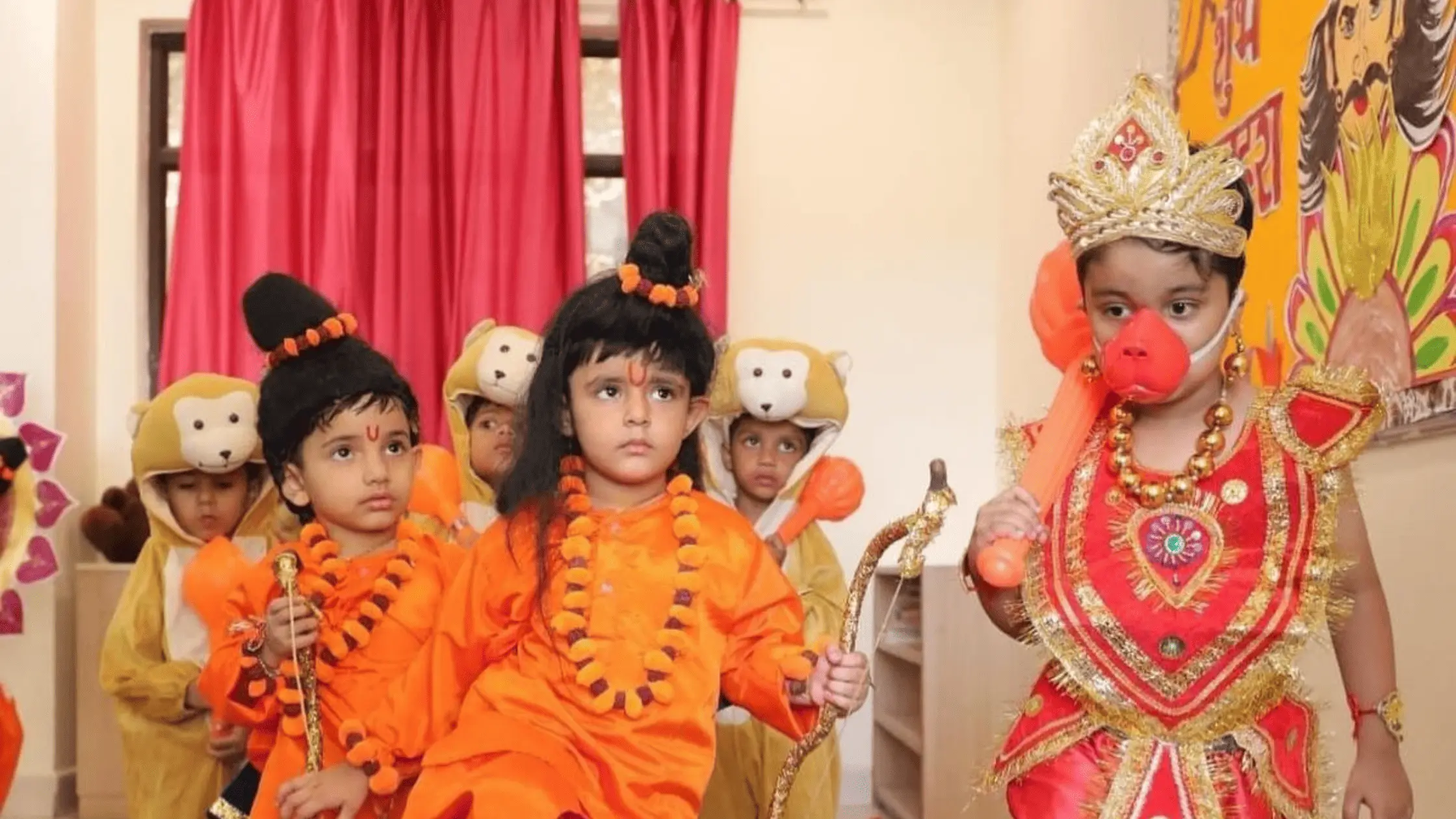
In North India, Navratri is celebrated by worshipping Goddess Durga Dussehra is celebrated by stage performers who recreate the Epic of Ramayana. Also known as Ramleela, the saga of how Lord Ram won over Ravana, these stage performances that are symbolic of triumph of good over evil. The story teaches kids values like righteousness, loyalty, and being ethical in life.
South India
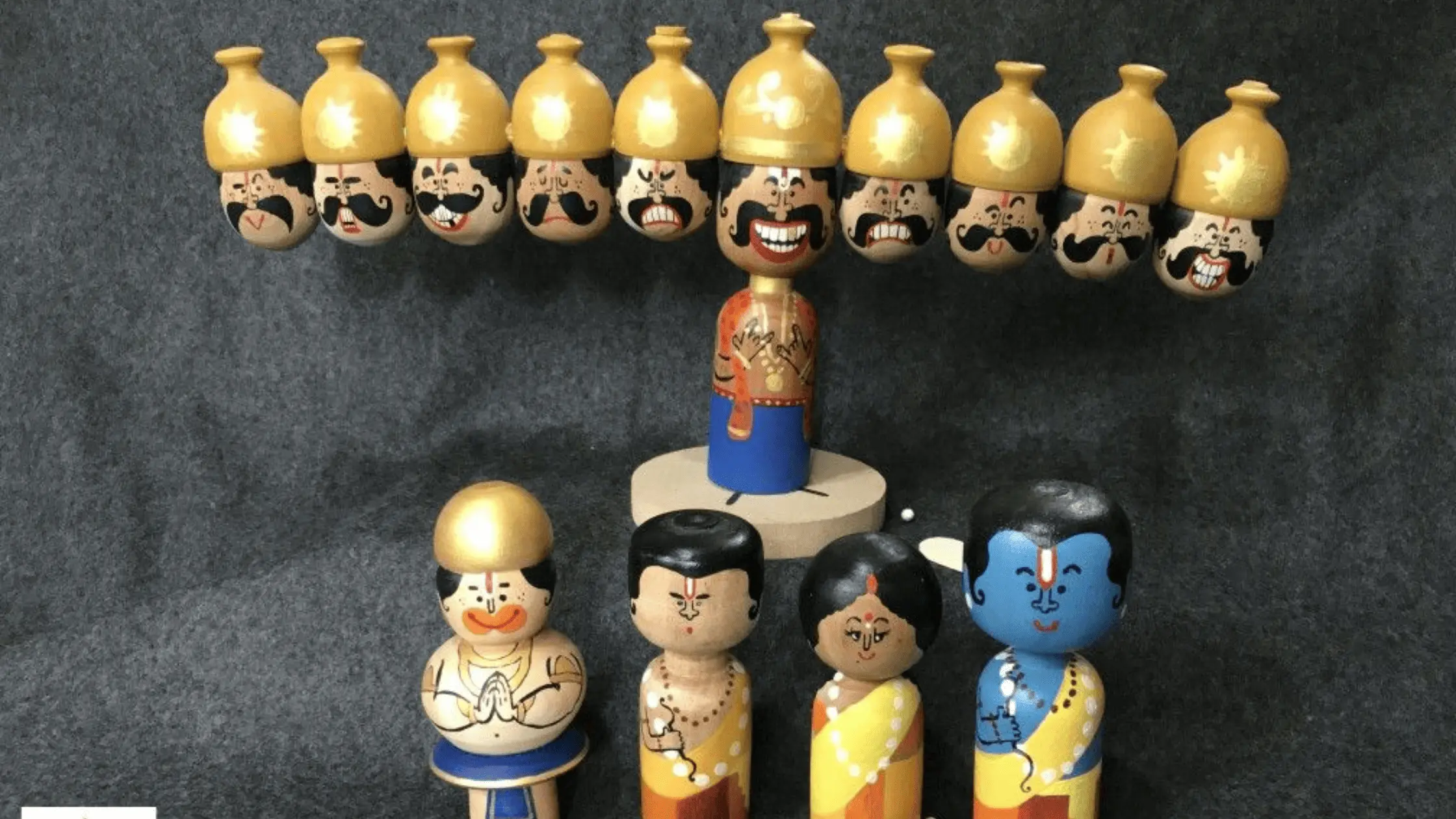
In South India, Navratri is celebrated by featuring elaborate Golu doll displays that narrate the stories of Goddess Durga, Lakshmi and Saraswati. These are small figurines made out of clay or wood and are one of the best examples to describe craftworks for Navratri. Navratri crafts like these engage kids to soak in the tales and their values creatively.
Gujarat
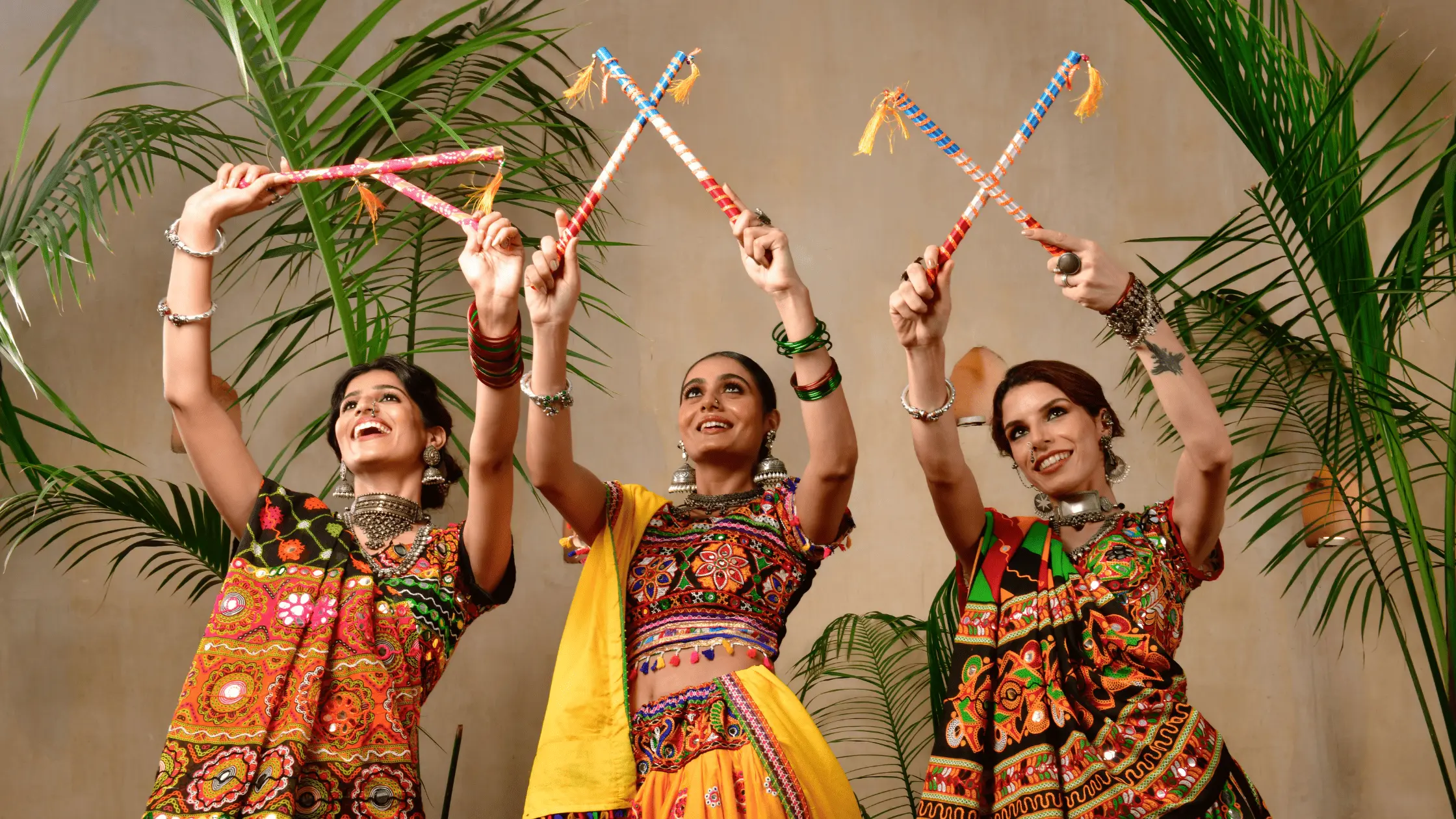
Navratri celebrations in Gujarat is famous for Garba and Dandiya Ras. Garba is a dance form of Gujarat that is performed to during evenings of Navratri to celebrate the divine energy of Goddess Durga. Dandiya is a dance performed by rhythmically striking decorated sticks together to the beat of traditional music, symbolising the playful battle between Goddess Durga and the demon king Mahishasura, and celebrating joy, energy, and devotion. These celebrations make children aware of the rich culture and colourful festivites that keep them waiting for festivals throughout the year.
West Bengal
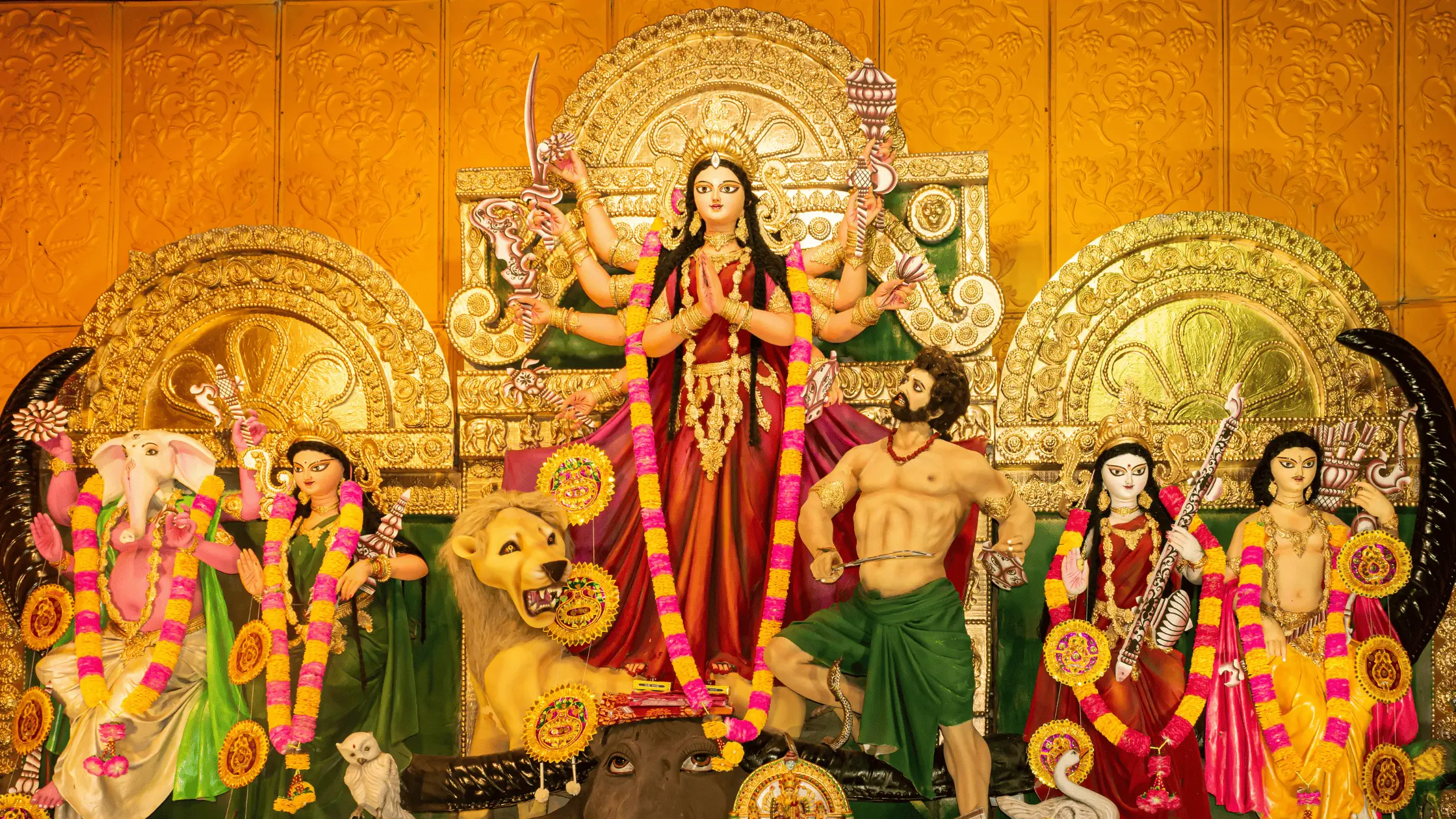
In West Bengal, Navratri is celebrated in a very unique way where effigies of Goddess Durga are set up in large pooja pandals. Little munchkins dress up in their best clothes and go pandal hopping with their families. Every pandal displays idols of Goddess Durga winning over Mahishasur, which denotes that evil never wins.
Celebrating culture and community in preschools makes learning not only fun but also expands the festive knowledge of children. Let’s discuss some of the benefits of celebrating Navratri in early childhood in preschool:
- Toddlers learn to be more creative and confident through art and craft for Navratri at preschools.
- As kids take part in the Navratri activity for preschool, they improve their social and emotional skills when taking turns and playing in a group. It plays a key part in character building.
- The teachers at preschools make the kids aware of and appreciate the culture through stories and dances.
- Children learn core values of life like gratitude, kindness, and virtue through only play and Navratri art and craft activities at preschool.
- When kids participate in community games and Navratri activities for preschoolers, they are also figuring out how to be part of a social group.
- Children learn values like gratitude, empathy, and respect for people around them, which helps them build effective relationships with others.
How Does KLAY Celebrate Navratri?
KLAY makes Navratri more than just a festival for kids. We offer a joyful way for children to explore the culture through music, dance, and values through Navratri activities for preschool.
- At KLAY, we encourage children to participate in group dances, songs, and festive games so that they can make friends, share, take turns, and learn to be part of a community.
- Instead of just talking about the festival, educators at KLAY design fun and active activities, like crafts, role plays, sensory plays, and storytelling. This helps them to understand and feel connected with the culture and values of Navratri while having fun.
- Every Navratri activity gives children the confidence to express themselves and feel proud of their achievements, be it performing dance steps, listening to a short story of Goddess Durga, or gifting their crafts to their friends.
- KLAY activities are designed to highlight values like courage, kindness, teamwork, and gratitude so that children learn these life lessons naturally and unknowingly.
- Children discover culture and knowledge through music, colours, and stories that not only make Navratri fun but also spark curiosity in kids to learn more.
- We make sure every festive celebration invokes curiosity, teamwork, and communication. These skills are most important for lifelong learning.



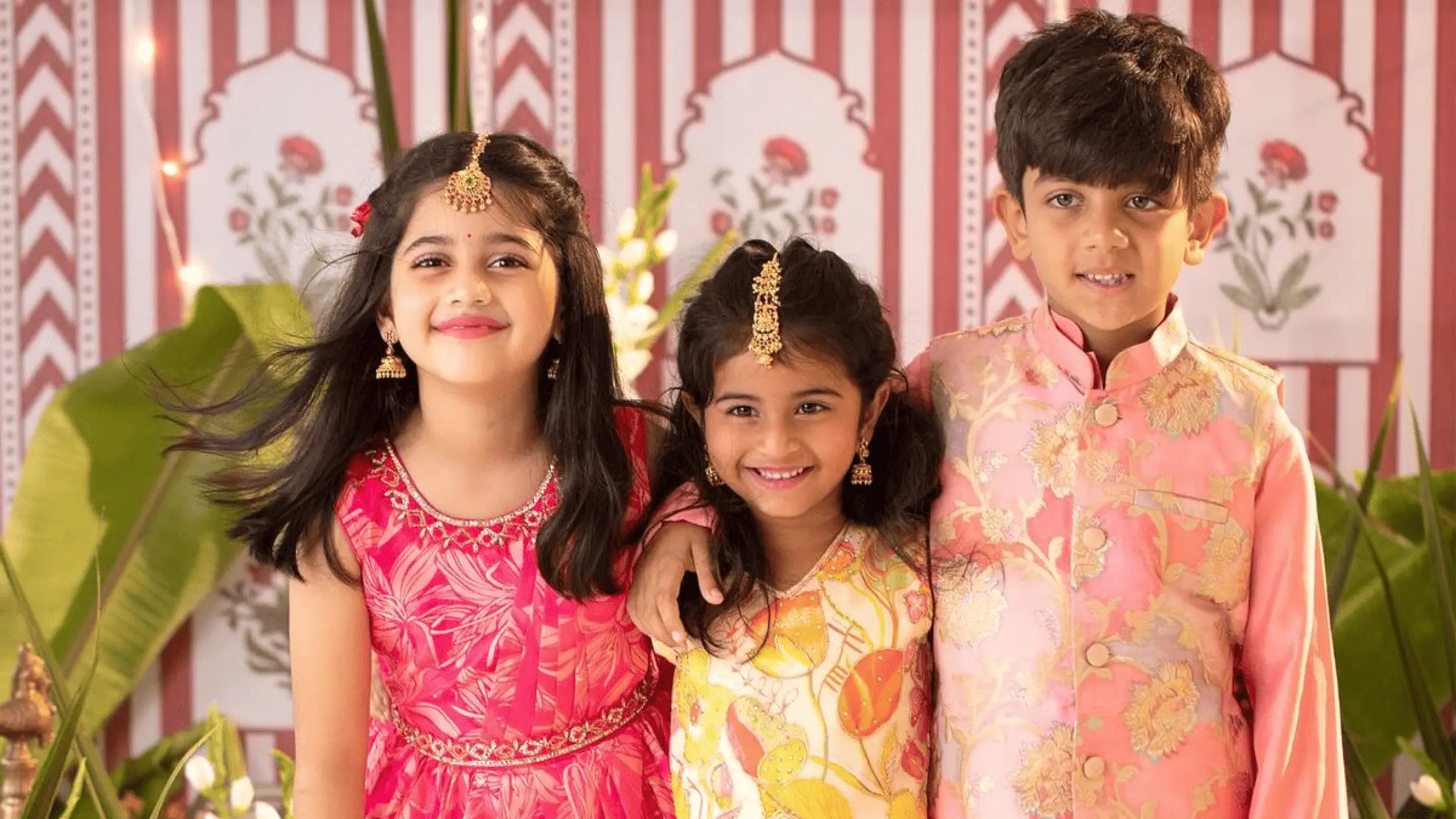




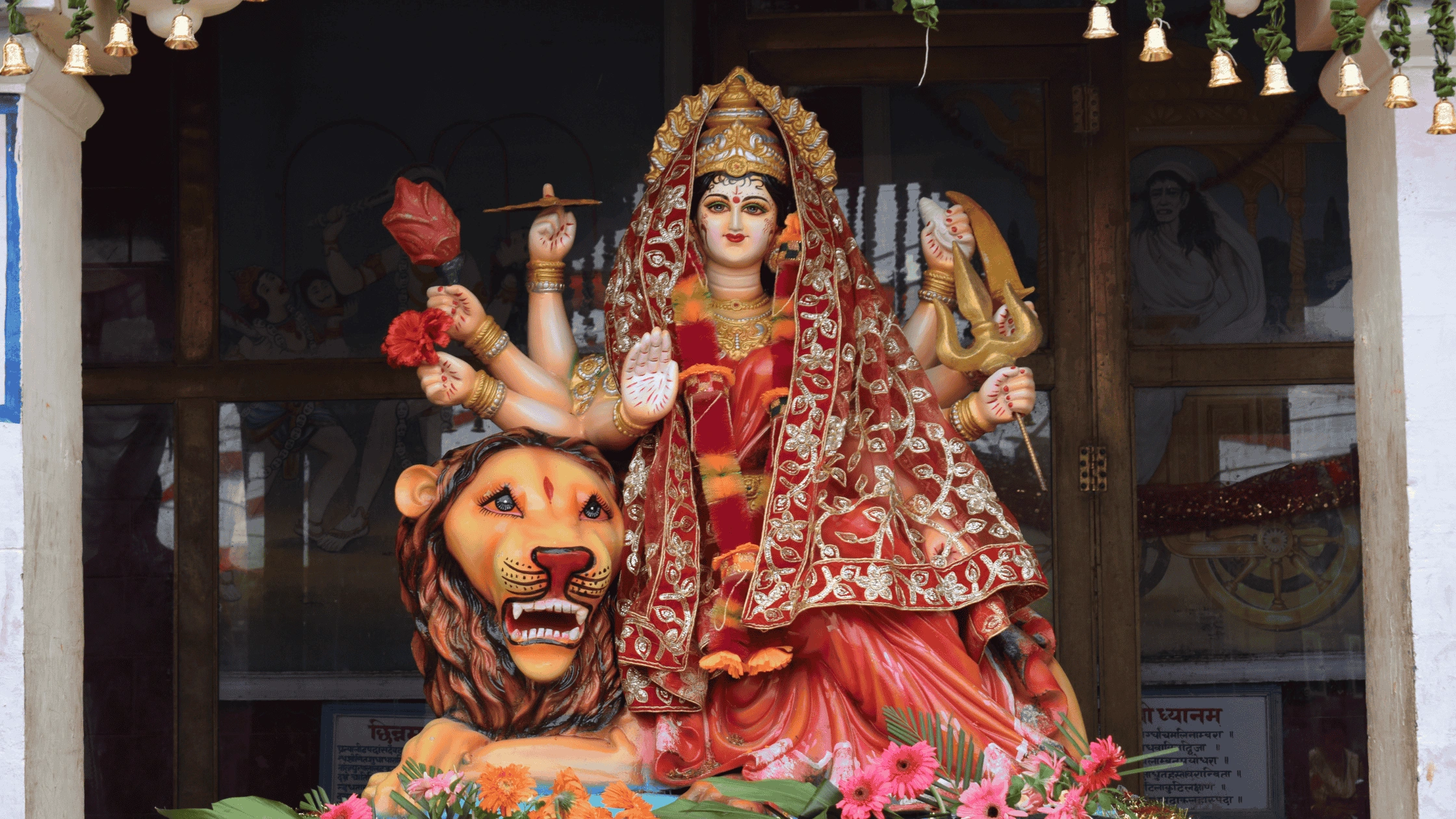
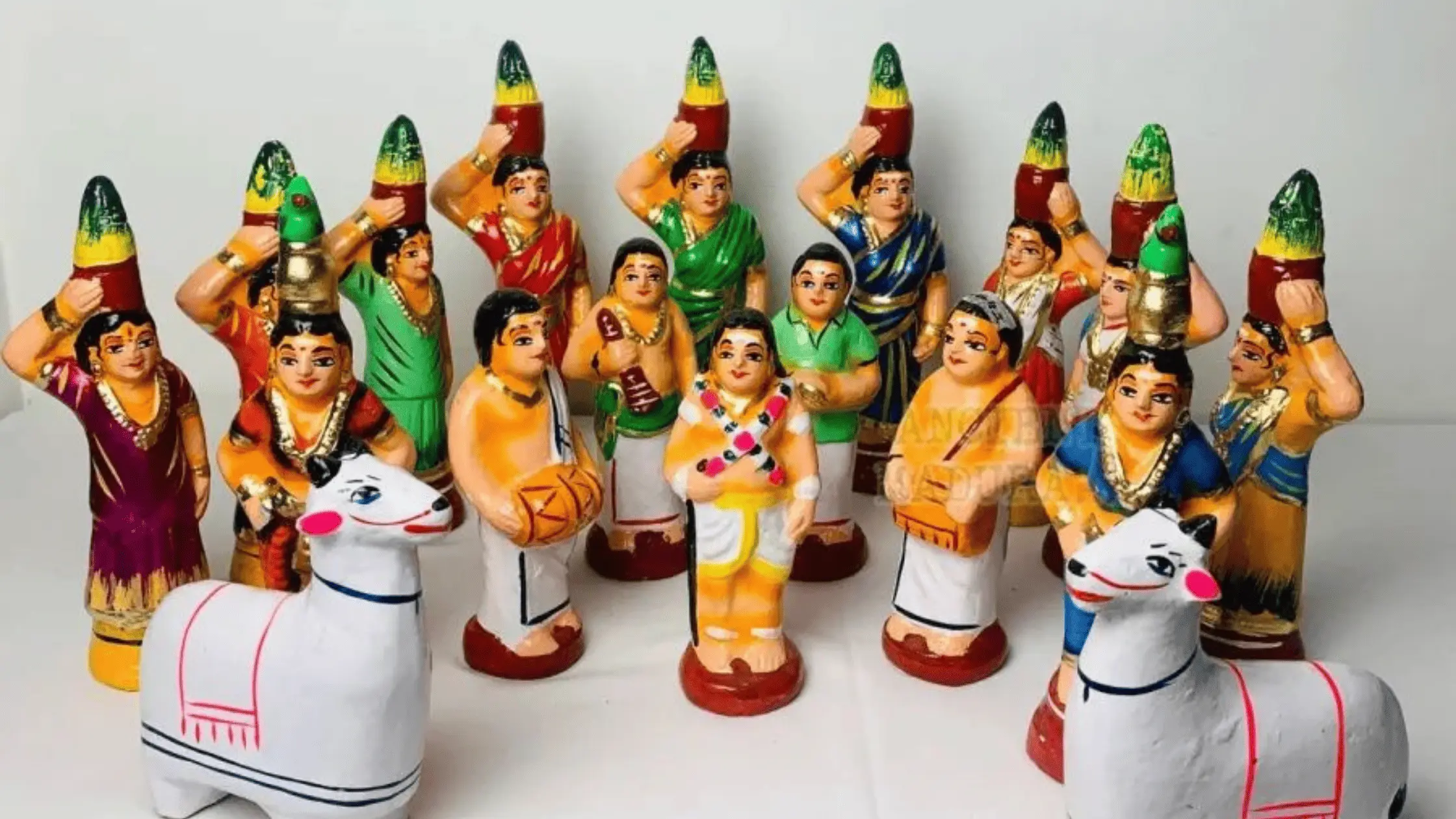
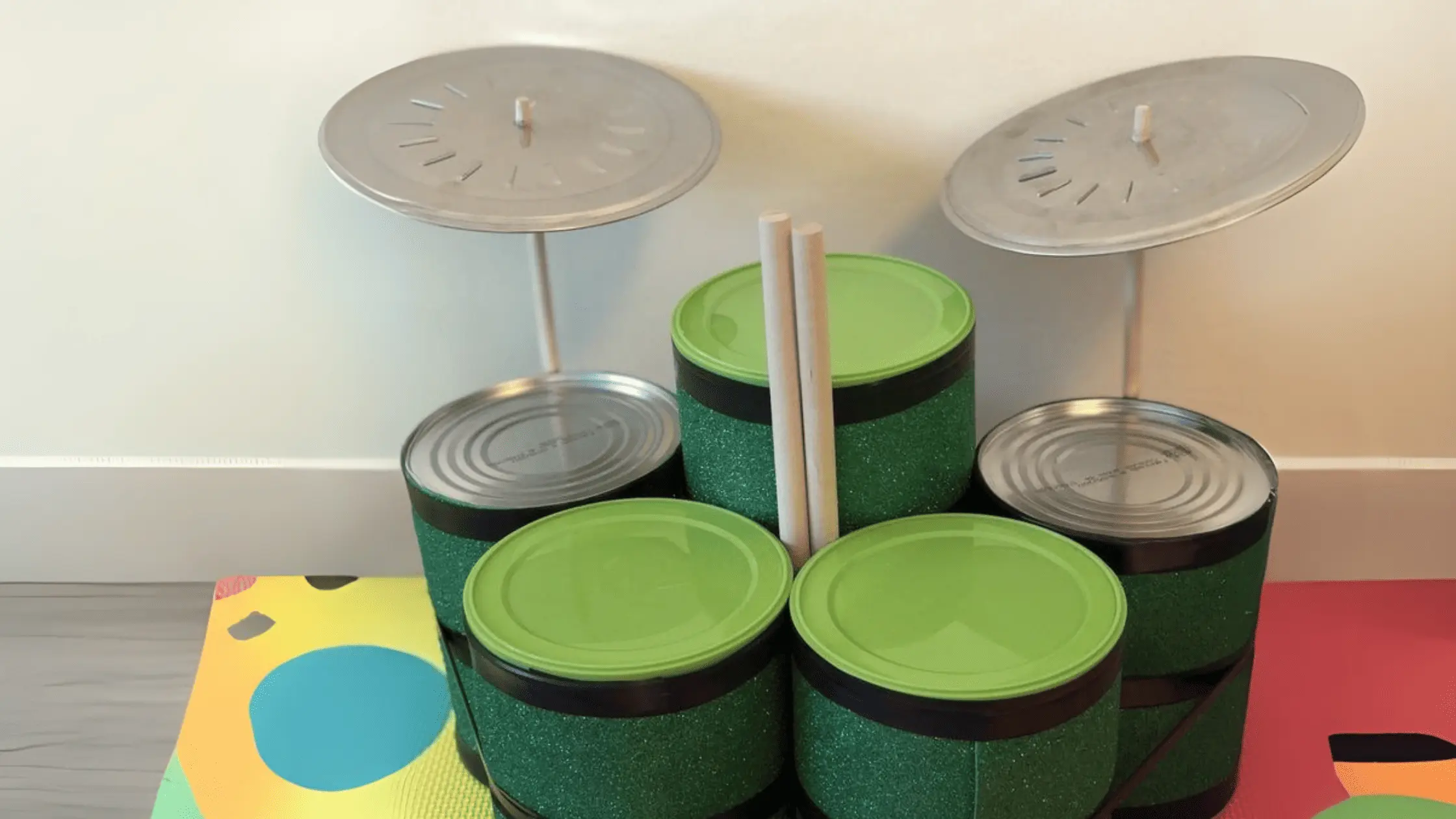
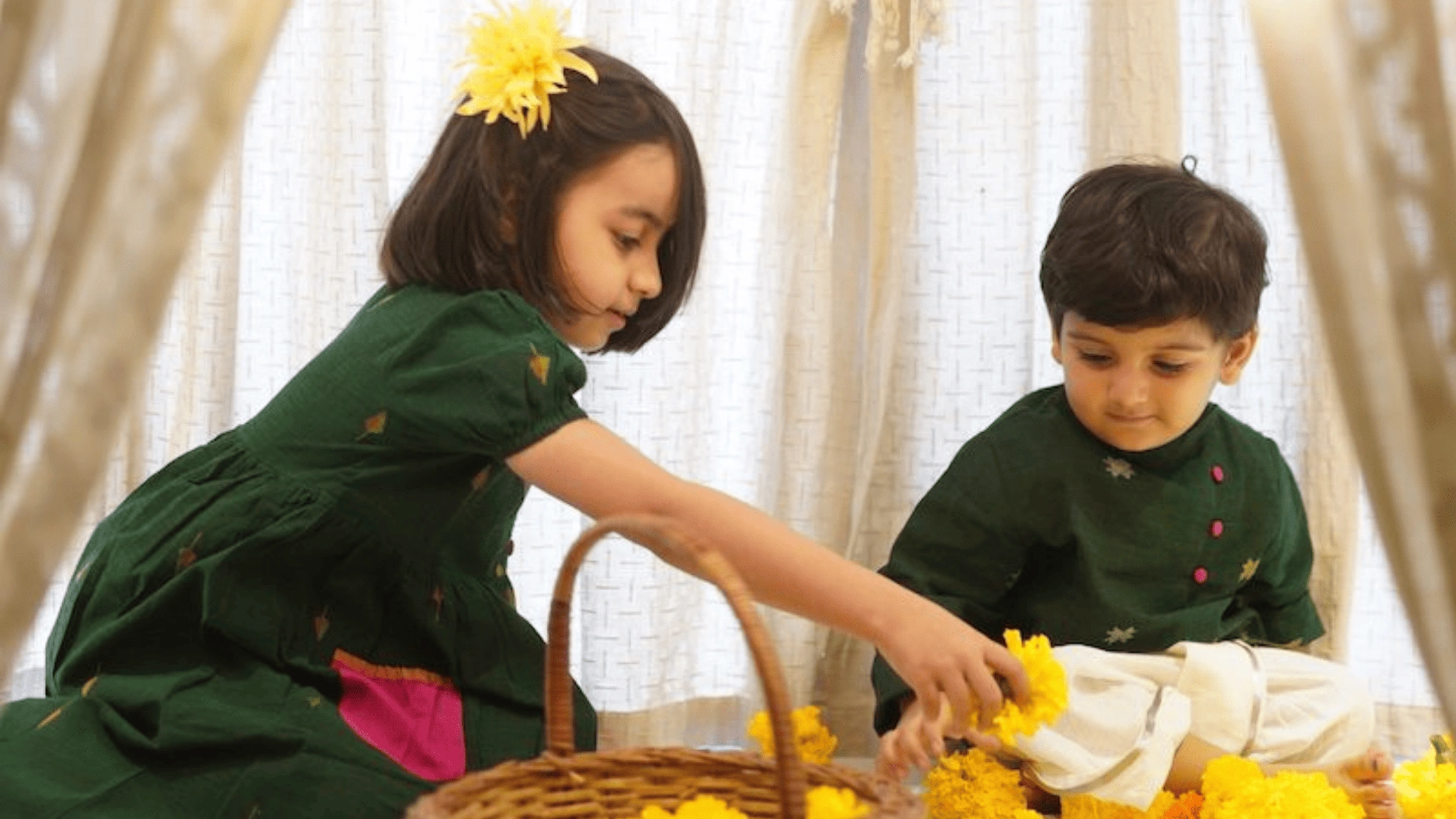





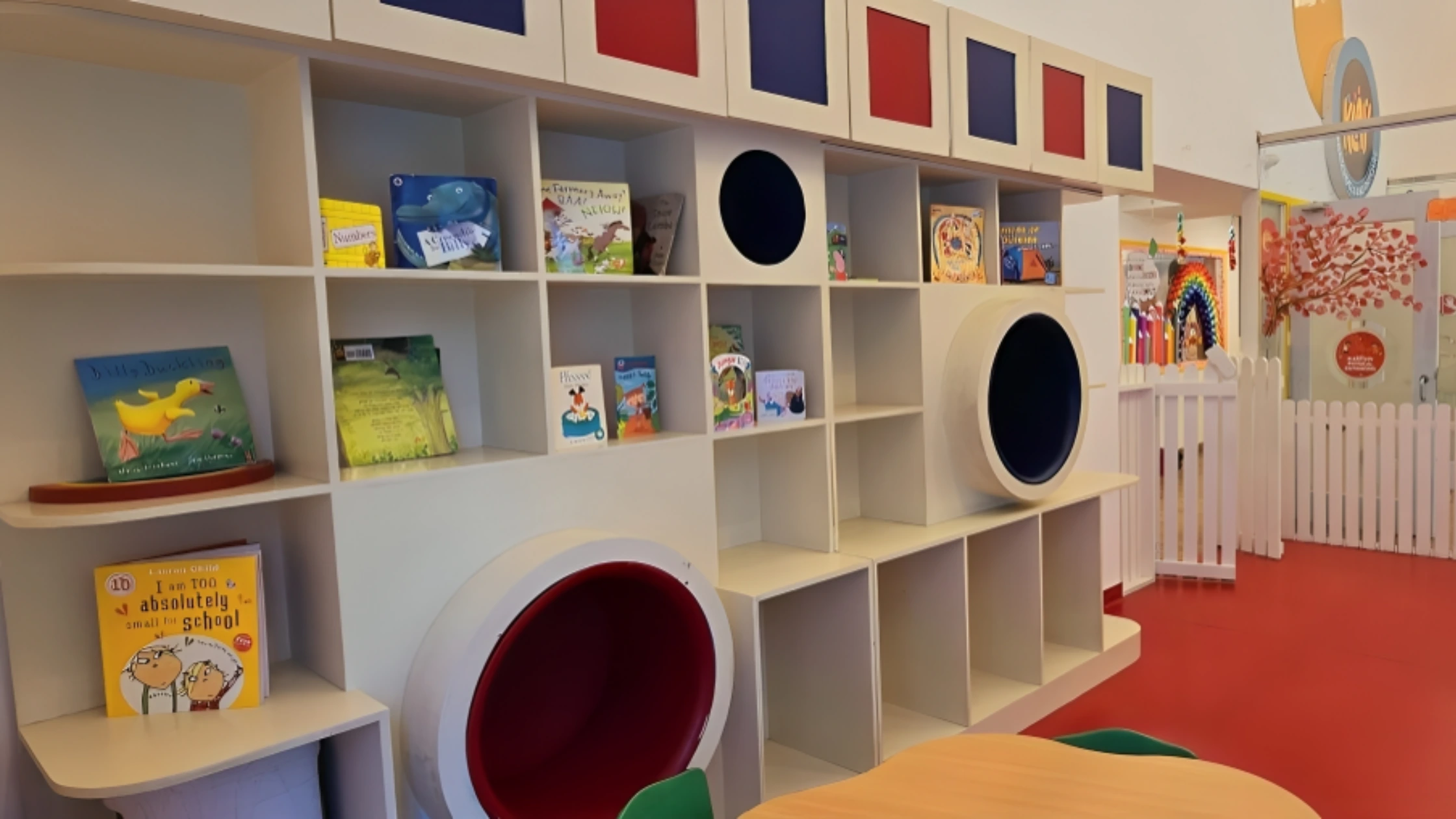



Subscribe to our newsletter
[contact-form-7 id="12706" title="Newsletter Form for post page"]Our Related Blogs
Yoga Benefits, Activities, and Poses for Preschoolers
For preschoolers, yoga isn’t about perfection but about giggles and benefits. So, are you curious how a simple stretch can support a child’s focus, flexibility, and emotional well-being? Let’s roll...
Year-End Reflection and Goal Setting for Children
Parenting is a journey filled with the brightest moments and valuable lessons, both for us and our children. As the year draws to a close, it’s the perfect time to...
Winter’s in the air. Make a Khichdi of it!
Winter’s In The Air. Make a Khichdi Of It! With the northern winds playing a peek-a-boo on chilly mornings, it is time to keep your little ones warm with loads...